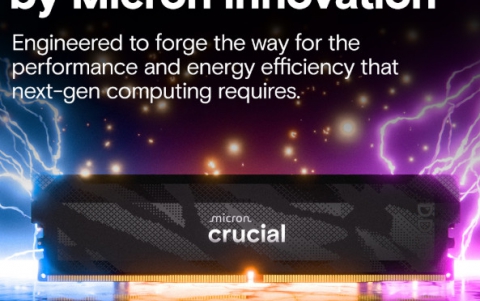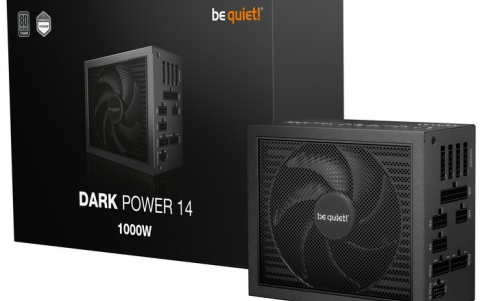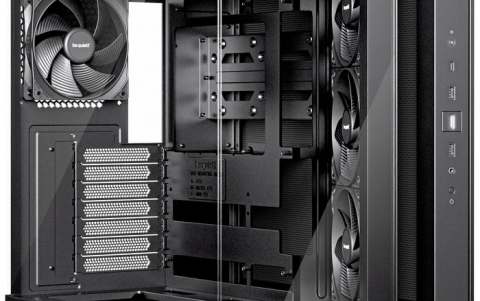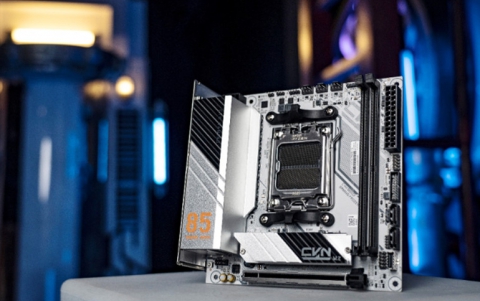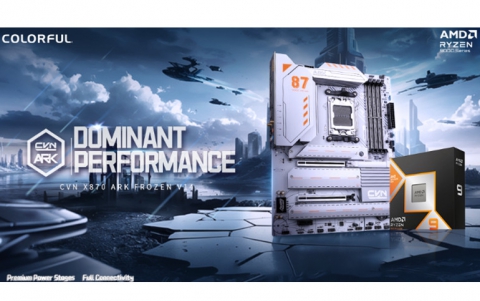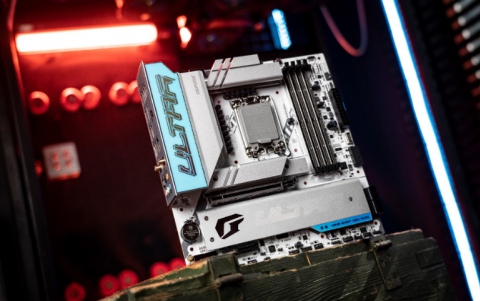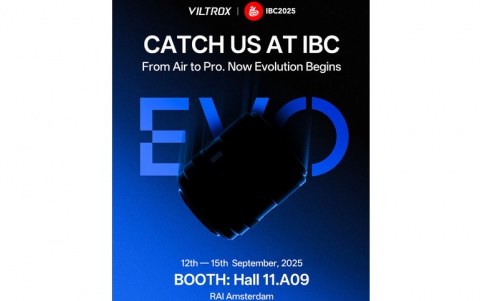Asus P5N32-E SLI
12. Final thoughts
![]() The Asus P5N32-E SLI is the first motherboard we tested with Nvidia's 680i SLI chipset. The board supports all currently sold Intel processors for the 775 socket: Intel® Core™ 2 Duo/ Intel® Pentium® D/Intel® Pentium® 4/ Intel® Celeron® D processor.
The Asus P5N32-E SLI is the first motherboard we tested with Nvidia's 680i SLI chipset. The board supports all currently sold Intel processors for the 775 socket: Intel® Core™ 2 Duo/ Intel® Pentium® D/Intel® Pentium® 4/ Intel® Celeron® D processor.
We were curious to see how the Nvidia 680i SLI would perform, compared to Intel's 965Express and 975X chipsets, so we chose two other Asus boards, the P5B Deluxe and P5W64 WS Pro for our comparison. In most cases, the P5N32-E SLI was slower than the P5W64WS Pro and P5B Deluxe, especially in the CPU tests. It seems that Intel's 975X chipset is still the fastest for RAW CPU performance.
In the memory tests, we expected the P5N32-E SLI to perform better than the P5B Deluxe, but we found the opposite. With exactly the same memory timings/speed, the P5B Deluxe was a fraction faster.

The board itself has overall, a good design. There is free space around the CPU area, despite the big copper passive cooling system. Something we have to mention though regarding the passive cooling, is that the northbridge chipset ran very hot. Possibly, experienced overclockers can look at adding another fan to keep the chipset cool. There are six SATA II connections for HDD and optical storage devices, as well as the ATA133 and floppy connections. Don't forget that Asus has included all cables and connections in the retail package. along with 8 an channels audio add-on card (extra module).
In overclocking, the board proved to be an easy overclocker. There are many settings to play with. We liked the fact that FSB and memory can work in either "linked" or "unlinked" mode. The DRAM voltages can reach up to 3.425V (take care!) while the Vcore voltage proved to be a bit unstable (1.6V max in the BIOS yields 1.47V tops). The board can reach very high FSB frequencies (500MHz+) as we confirmed. Should your overclocking settings fail, the system will POST most of the time, with an "overclocking failed" message, and there isn't a need to go through the whole clear CMOS routine. We didn't notice any weird problems while testing the board, which is always a good sign.
Ending our presentation, we are very happy with the P5N32-E SLI. The retail price of course is high (US$274.99~$299.99), as is the case with all high-end Asus motherboards. This board can become a serious and stable base for overclockers and power users who like to push their systems to the limit. There are tons of options to play with and optimize overall performance. What is possibly a negative is that the Nvidia 680i SLI chipset did not prove as fast as Intel's 965Express/975X chipsets. The performance difference is not that great, but it is there. Also don't forget that this board officially supports Nvidia's SLI technology, while 3 PCI-E slots are offered, to accommodate for the next generation Physics card. Overall, a highly recommended product to all Core2Duo users.
Comparing the P5N32-E SLI with the Asus P5B Deluxe, we have to note that:
- Asus P5B Deluxe is significantly lower priced (US$172.03~$250.02) vs P5N32-E SLI (US$274.99~$299.99)
- Both motherboards can reach very high FSB (500+) frequencies
- P5N32-E SLI is better at memory handling (linked/unlinked status)
- P5B Deluxe and motherboards with JSMicro controller have boot issues with ATAPI CD-ROMS
- P5B Deluxe has slightly easier and friendlier overclocking features
- P5N32-E SLI supports Nvidia SLI, while P5B Deluxe ATI Crossfire
- P5N32-E SLI northbridge runs very hot...
- Both motherboards are very close in performance, possibly the P5B Deluxe is slightly faster









